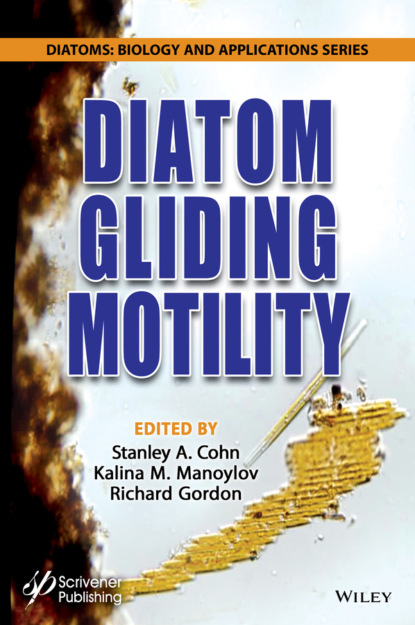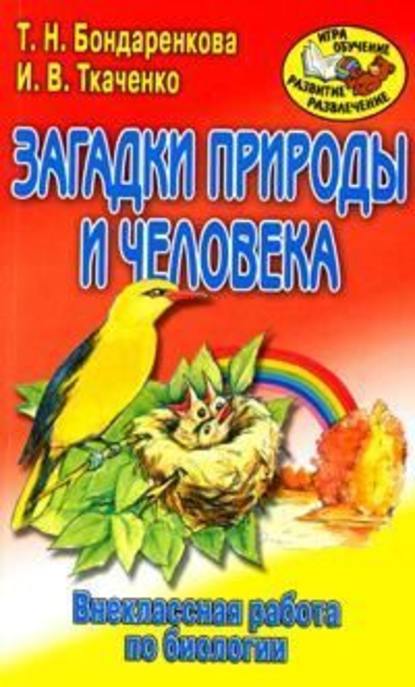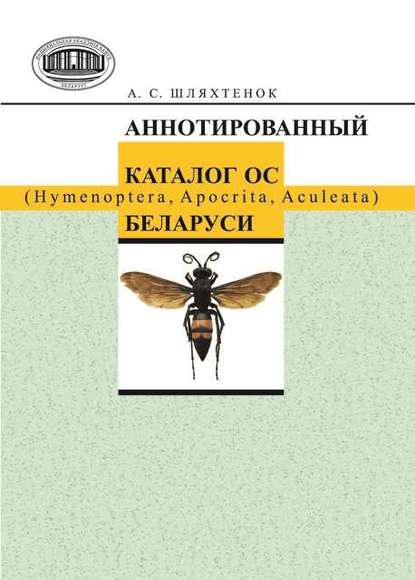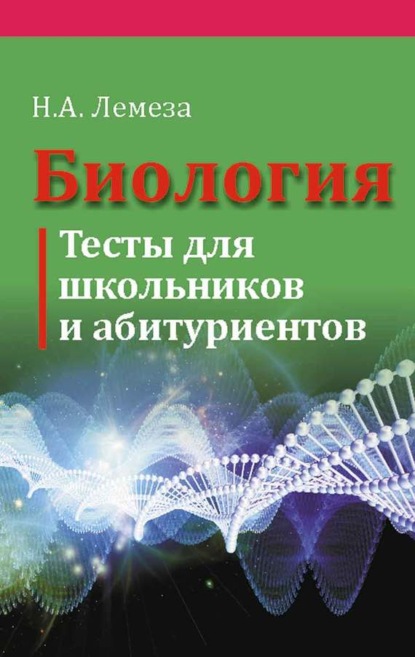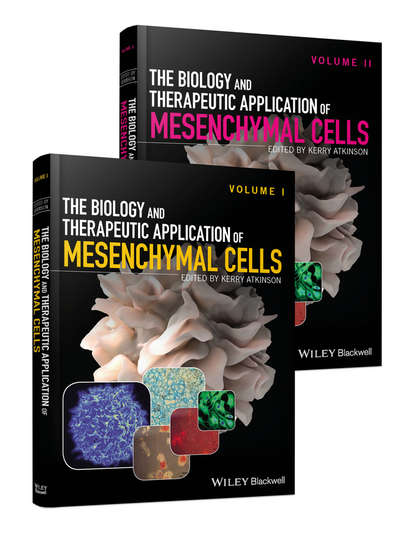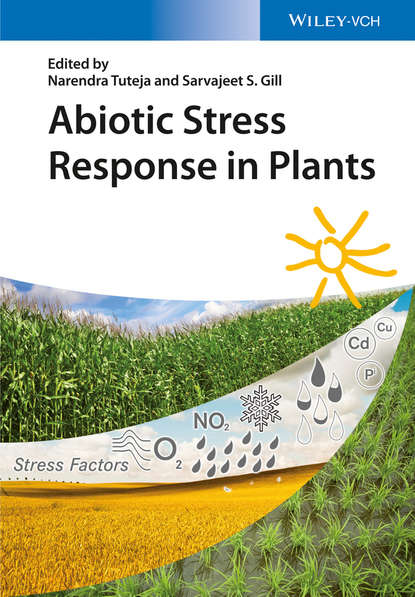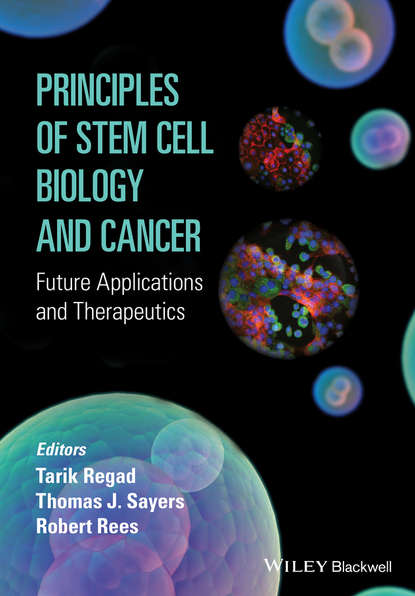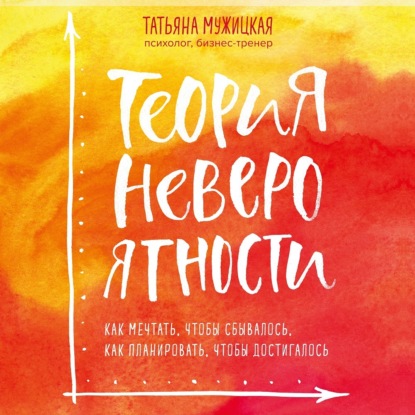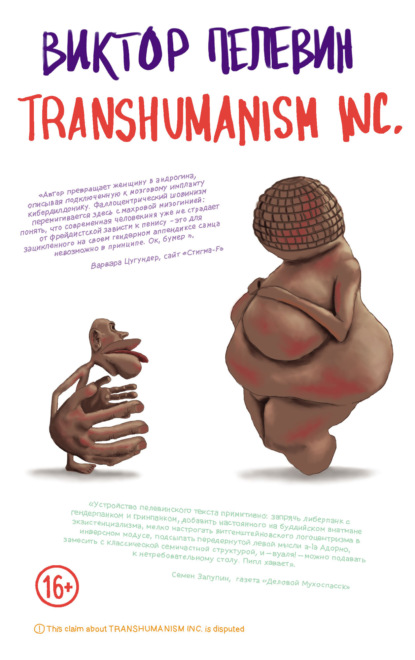В книге рассматриваются различные подходы к изучению плавательной подвижности диатомовых водорослей. Это подборка материалов, обобщающая современные знания и предрассудки о подвижности, эволюция и экологическое и биологическое поведение различных видов и методов наблюдения за "различными видами" плавательного поведения. Некоторые основные моменты, которые будут рассмотрены, это:
- Исторические знания и ошибочные представления о подвижности; - Изучение механизмов подвижности и экологии диатомы: биология клеток, биохимия и анатомия активных диатомей; - Конкурентные способности и исследования подвижности в генерации подвижных диатомов в видах Енотия; - Модели с подвижностью
Авторы стремятся обобщить разнообразный материал по теме молительности диатомовых, что позволит улучшить исследования в этой области, и, возможно, узнать больше о возможности развития клеток.
Электронная Книга «Diatom Gliding Motility» написана автором Группа авторов в году.
Минимальный возраст читателя: 0
Язык: Английский
ISBN: 9781119526575
Описание книги от Группа авторов
The book will cover a broad range of work describing our current state of understanding on the topic, including: historic knowledge and misconceptions of motility; evolution of diatom motility; diatom ecology & physiology; cell biology and biochemistry of diatom motility, anatomy of motile diatoms; observations of diatom motile behavior; diatom competitive ability, unique forms of diatom motility as found in the genus Eunotia; and Models of Motility. This volume is the first book attempting to gather such information surrounding diatom motility into one volume focusing on this single topic. Readers will be able to gather both the current state of understanding on the potential mechanisms and ecological regulators of motility, as well as possible models and approaches used to help determine how diatoms accomplish such varied behaviors as diurnal movements, accumulation into areas of light, niche partitioning to increase species success. Given the fact that diatoms remain one of the most ecologically crucial cells in aquatic ecosystems, our hope is that this volume will act as a springboard towards future research into diatom motility and even better resolution of some of the issues in motility.
